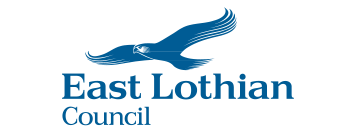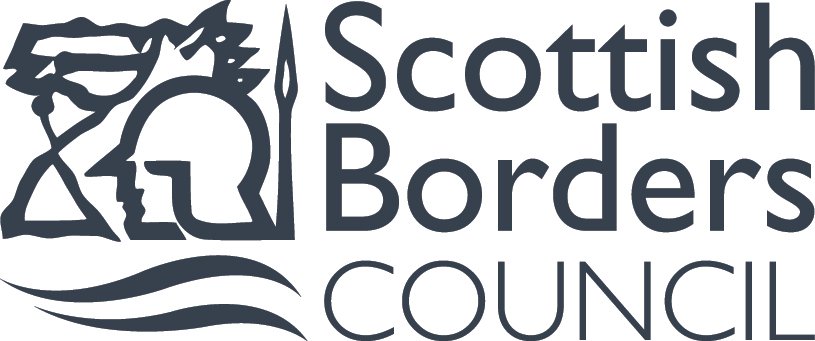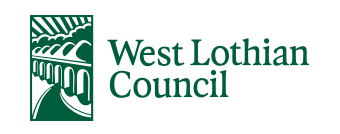Regional Visitor Economy and Culture
The Visitor Economy and Culture project aims to enhance the tourism sector across Edinburgh and South East Scotland. Led by VisitScotland, with support from the City of Edinburgh Council, Scottish Enterprise, and all six local authorities in the region, the initiative seeks to foster collaboration and strategic planning to bolster the visitor economy.
Central to this effort is the establishment of a Regional Visitor Economy Partnership. This partnership will oversee the development of a Regional Visitor Economy Development Plan, identifying key strengths and opportunities to position the region as a world-class, year-round destination. The plan aligns with the RPF's objectives, ensuring that tourism growth supports local businesses, communities, and the environment.
Four strategic component projects were identified, aimed at fostering sustainable growth, improve visitor experiences, and support local communities.
Cultural Touring Framework
Cruise Passenger Management Plan
Cycle Tourism
Smart Data for Smarter Tourism
Collectively, these projects are designed to position Edinburgh and South East Scotland as a world-class, sustainable, and inclusive tourist destination.
-
The Cultural Touring Framework is a strategic initiative aimed at enhancing cultural access and economic growth across the region. Developed through comprehensive market research and stakeholder engagement, the framework proposed a sustainable touring model that leveraged Edinburgh's cultural assets to benefit surrounding areas.
Key Achievements
Economic Impact: The framework demonstrated significant returns on investment by attracting visitors, extending their stays, and boosting local spending, thereby supporting regional businesses and employment.
Financial Sustainability: Three investment scenarios were analysed, with projections indicating the framework could become self-sustaining within six years, reducing reliance on public funding.
Social Value: Beyond economic benefits, the initiative strengthened community engagement, enhanced the cultural landscape, and contributed to the region's overall well-being.
-
The Regional Cruise Passenger Management Plan is a strategic initiative aimed at enhancing the management of cruise tourism in the region. Rather than focusing on increasing cruise ship numbers, the plan emphasises responsible visitor management to ensure that cruise tourism contributes positively to the local economy, environment, and communities.
Key objectives of the plan include optimising the economic, cultural, and environmental impacts of cruise tourism, aligning with regional tourism and economic development strategies, and safeguarding local community interests. The region's five key cruise ports—Leith, Rosyth, Newhaven, South Queensferry, and Eyemouth—serve as strategic access points to Scotland's renowned attractions, from Edinburgh's historic sites to the scenic landscapes of the Lothians, Fife, and the Borders.
By implementing this plan, the region aims to enhance the visitor experience, ensure infrastructure suitability, and promote sustainable tourism practices, thereby maximising the benefits of cruise arrivals while mitigating operational and sustainability challenges.
-
The Cycle Tourism Feasibility Study for Edinburgh and South East Scotland (ESESCR) assessed the potential to position the region as a premier cycling destination. The study identified opportunities to enhance infrastructure, services, and marketing to attract a broader range of cycling tourists.
Key Findings:
Infrastructure Enhancement: Current cycling routes are fragmented. Improving connectivity and maintenance is essential to provide seamless experiences for cyclists.
Service Development: While cycle repair and hire services exist, they are unevenly distributed. Expanding and promoting these services can better support tourists' needs.
Marketing and Branding: Despite the region's strong tourism profile, targeted marketing for cycling is limited. Developing a cohesive brand and promotional strategy can raise awareness of cycling opportunities.
Digital Innovation: Leveraging digital platforms for route planning and navigation can enhance the visitor experience and attract tech-savvy tourists.
Stakeholder Collaboration: Effective development requires coordinated efforts among local authorities, businesses, and communities to align infrastructure and services with strategic goals.
The study proposes establishing the region as an accessible and inclusive cycling destination catering to all skill levels and disciplines. By integrating cycling with the region's cultural and natural attractions, and aligning with sustainability goals, the region can offer unique and enriching experiences for cycling tourists.
By addressing these areas through identified actions outlined in an associated Destination Development Plan, Edinburgh and South East Scotland can position itself as a leading cycling tourism destination, offering diverse experiences that appeal to both domestic and international visitors.
-
The Smart Data for Smarter Tourism pilot project, led by Smart Data Foundry in collaboration with TravelTech for Scotland, and Workforce Mobility, explored how data integration could enhance the planning and management of large-scale cultural events in Edinburgh and South East Scotland. By combining real-world datasets, such as event attendance, travel times, and accommodation availability, the project simulated various scenarios to assess potential tourism pressures and infrastructure challenges.
Key findings indicated that improved late-night transport links could significantly increase accessible accommodation options within a 90-minute radius, and that cities like Glasgow could support overflow accommodation needs for Edinburgh-based events. The study underscored the importance of data-driven collaboration among transport coordinators, event planners, accommodation providers, and policymakers to optimise resource allocation and enhance visitor experiences.
This initiative demonstrated the potential of leveraging existing data sources to inform strategic decisions, aiming to ensure sustainable tourism growth and maintain the region's status as a premier cultural destination.








